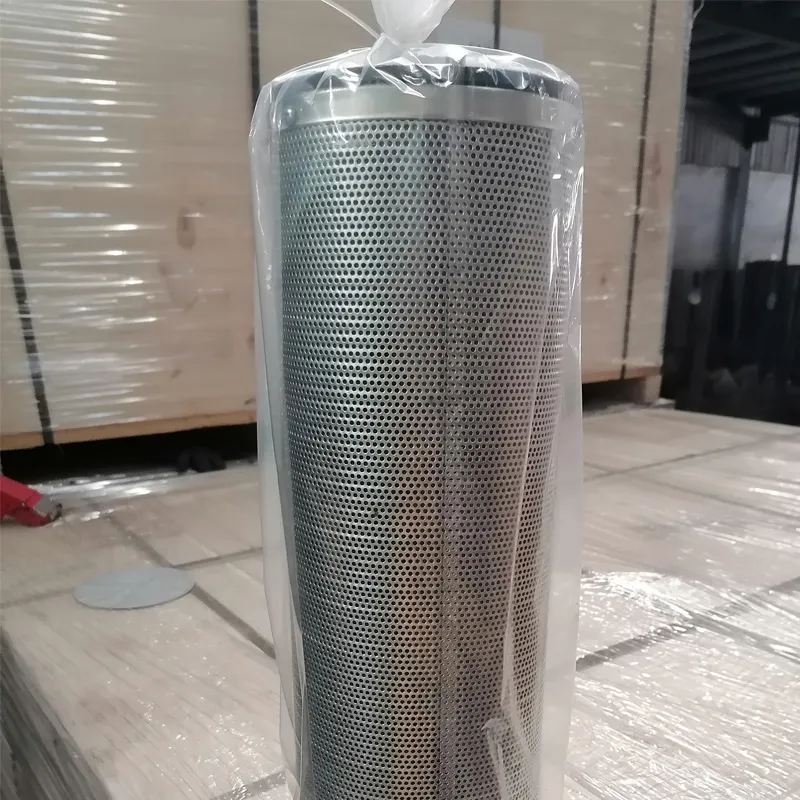 Tel:
+8615930870079
Tel:
+8615930870079
Oct . 05, 2024 09:43 Back to list
Choosing the Right Cartridge Type Air Filter for Your Needs
Understanding Cartridge Type Air Filters A Comprehensive Overview
Air filters play a vital role in maintaining indoor air quality, ensuring that the air we breathe is clean and free of harmful particles. Among various air filtration systems available today, cartridge type air filters stand out due to their efficiency and versatility. In this article, we will delve into the characteristics, advantages, applications, and maintenance of cartridge type air filters.
What is a Cartridge Type Air Filter?
A cartridge type air filter consists of a cylindrical or rectangular filter medium encased in a protective housing. Typically made from materials like pleated paper, fiberglass, or synthetic media, these filters are designed to capture dust, pollen, smoke, and other airborne contaminants. Their structure allows for a larger surface area, which increases their efficacy in trapping particles.
Advantages of Cartridge Type Air Filters
One of the primary advantages of cartridge type air filters is their high filtration efficiency. These filters can capture particles as small as 0.3 microns, making them suitable for both residential and industrial applications. Furthermore, their design allows for a higher dirt-holding capacity, meaning they can operate for longer periods before requiring replacement. This translates to lower maintenance costs and reduced downtime.
Another notable benefit is their versatility. Cartridge air filters can be used in various systems, including HVAC units, dust collection systems, and even in certain automotive applications. Their ability to adapt to different environments makes them a preferred choice for many industries, such as pharmaceuticals, food processing, and manufacturing.
cartridge type air filter

Applications of Cartridge Type Air Filters
Cartridge filters are employed in a wide range of applications. In residential settings, they are commonly used in heating and cooling systems to maintain indoor air quality. In industrial sectors, these filters are critical for controlling air pollution and ensuring compliance with environmental regulations. Additionally, they are essential in cleanrooms, where maintaining a sterile environment is crucial for processes like semiconductor manufacturing and pharmaceutical production.
Maintenance and Replacement
To ensure optimal performance, regular maintenance of cartridge type air filters is essential. This includes routine inspections to check for clogs or excessive dirt buildup. Although the lifespan of these filters can vary based on usage and environmental conditions, a general rule of thumb is to replace them every 6 to 12 months. Neglecting to do so can lead to reduced efficiency, increased energy consumption, and even equipment damage.
Conclusion
Cartridge type air filters are a reliable and efficient solution for maintaining clean air in various environments. Their high filtration efficiency, adaptability to multiple applications, and low maintenance costs make them an attractive option for both residential and industrial use. By understanding their importance and ensuring proper maintenance, users can enjoy cleaner air and a healthier environment.
-
Types and Applications of Air Filtration CartridgesNewsJul.28,2025
-
The Role of Gas Turbine FiltersNewsJul.28,2025
-
Mastering Air Filter Cartridge UseNewsJul.28,2025
-
Advanced Turbine Filters for Modern Gas TurbinesNewsJul.28,2025
-
Cellulose Air Filter Cartridge Advantages in Dust FiltrationNewsJul.28,2025
-
Cellulose Filters for Air Particle ReductionNewsJul.28,2025

 Email:
Email:





